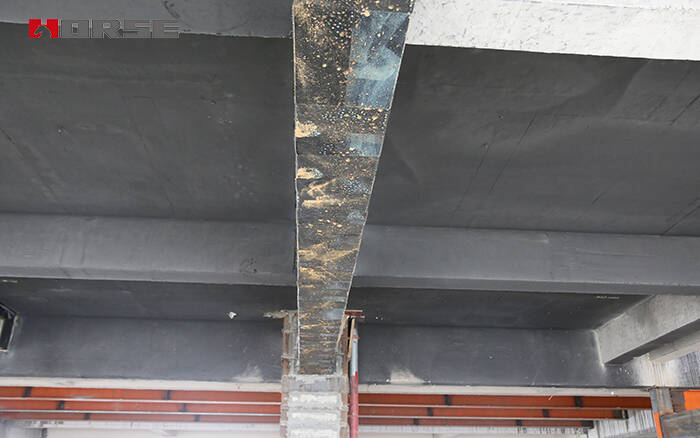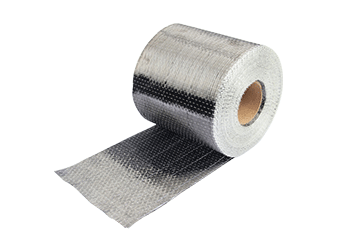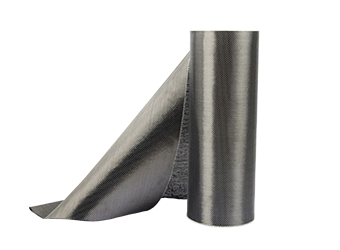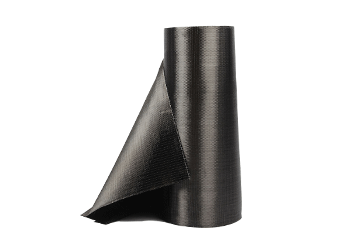Soluções
A Horse Construction oferece uma ampla gama de materiais de reforço estrutural, incluindo suporte técnico, suporte de documentação, suporte de produtos, suporte de software e suporte de projeto.
Is It A Good Material for Turkey Earthquake?

Is it good to use carbon fiber for repairing turkey earthquake?
Yes, carbon fiber is a good material to use for repairing and retrofitting buildings in Turkey that have been damaged by earthquakes.
In Turkey, where earthquakes are a common occurrence, the use of carbon fiber for seismic retrofitting has been gaining popularity in recent years. By retrofitting existing buildings with carbon fiber, engineers and architects can help to improve the safety and resilience of the built environment, reducing the risk of damage and loss of life in the event of an earthquake.
Why is it good to use carbon fiber for repairing turkey earthquake?
High strength-to-weight ratio: Carbon fiber is an incredibly strong material, with a high strength-to-weight ratio. This means that it can provide significant reinforcement to a building without adding a lot of weight or bulk.
Durability: Carbon fiber is highly durable and can withstand a wide range of environmental conditions, including seismic activity. This makes it a good choice for retrofitting buildings in earthquake-prone areas like Turkey.
Easy to apply: Carbon fiber can be applied quickly and easily to existing structures, without the need for extensive demolition or reconstruction work. This means that repairs can be completed more quickly and at a lower cost than other methods.
Flexibility: Carbon fiber is a flexible material that can be molded and shaped to fit the specific needs of a building. This makes it a versatile choice for retrofitting a wide range of building components, including walls, beams, and columns.
And there are some exmples of carbon fiber for earthquake
One example of the use of carbon fiber in earthquake repair in Turkey is the Istanbul Sapphire Tower. This 54-story building was designed with seismic-resistant features, including the use of CFRP to reinforce the building's core walls and columns. Additionally, after a 2011 earthquake, the building underwent a retrofitting process that included the application of CFRP to the building's columns to further improve its earthquake resistance.
Another example is the use of carbon fiber for repairing and retrofitting historical buildings, such as the Hagia Sophia in Istanbul. After a 1999 earthquake, the Hagia Sophia underwent a major restoration project that included the use of CFRP to reinforce the building's walls and domes.
Overall, the use of carbon fiber technology in earthquake repair and retrofitting in Turkey has been successful in improving the safety and resilience of buildings in earthquake-prone areas, reducing the risk of damage and loss of life in the event of future earthquakes.
Você pode encontrar tudo o que precisa aqui. Confie e experimente esses produtos, você vai perceber uma grande diferença depois.

A fibra de carbono da Horse Construction é para reforço estrutural, reparo e modernização de substratos de concreto, alvenaria, aço e madeira em edifícios, pontes, rodovias, ferrovias, túneis, píeres e aeroportos civis.

Mantas de fibra de carbono unidirecionais Tecido de fibra de carbono unidirecional Mantas de fibra de carbono unidirecionais de alta resistência pré-saturadas para formar mantas de polímero reforçado com fibra de carbono (CFRP) usadas para reparar e forta

Mantas de fibra de carbono unidirecionais de alta resistência pré-saturadas para formar mantas de polímero reforçado com fibra de carbono (CFRP) usadas para reparar e fortalecer elementos estruturais de concreto.